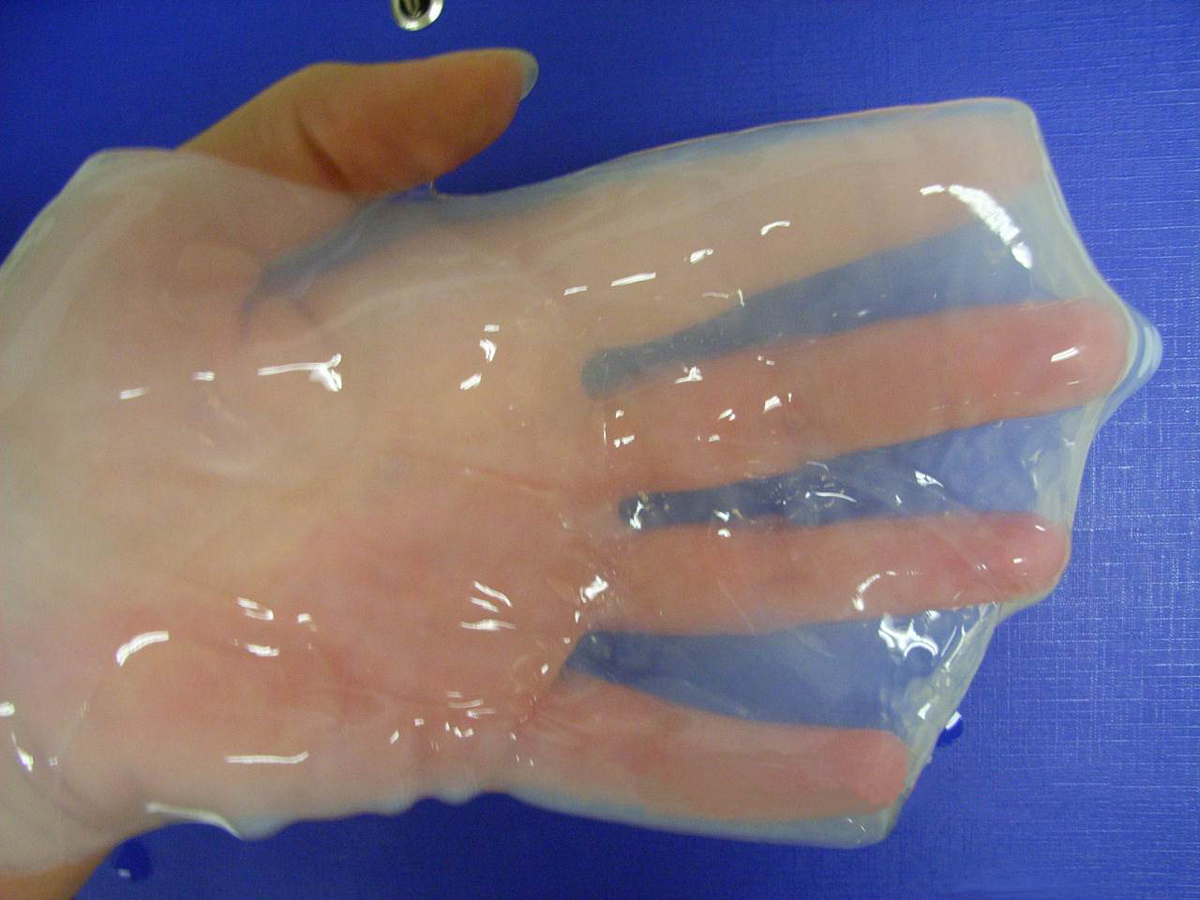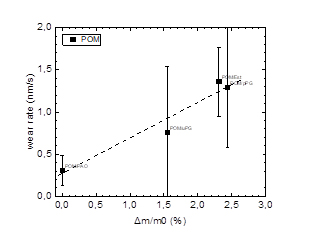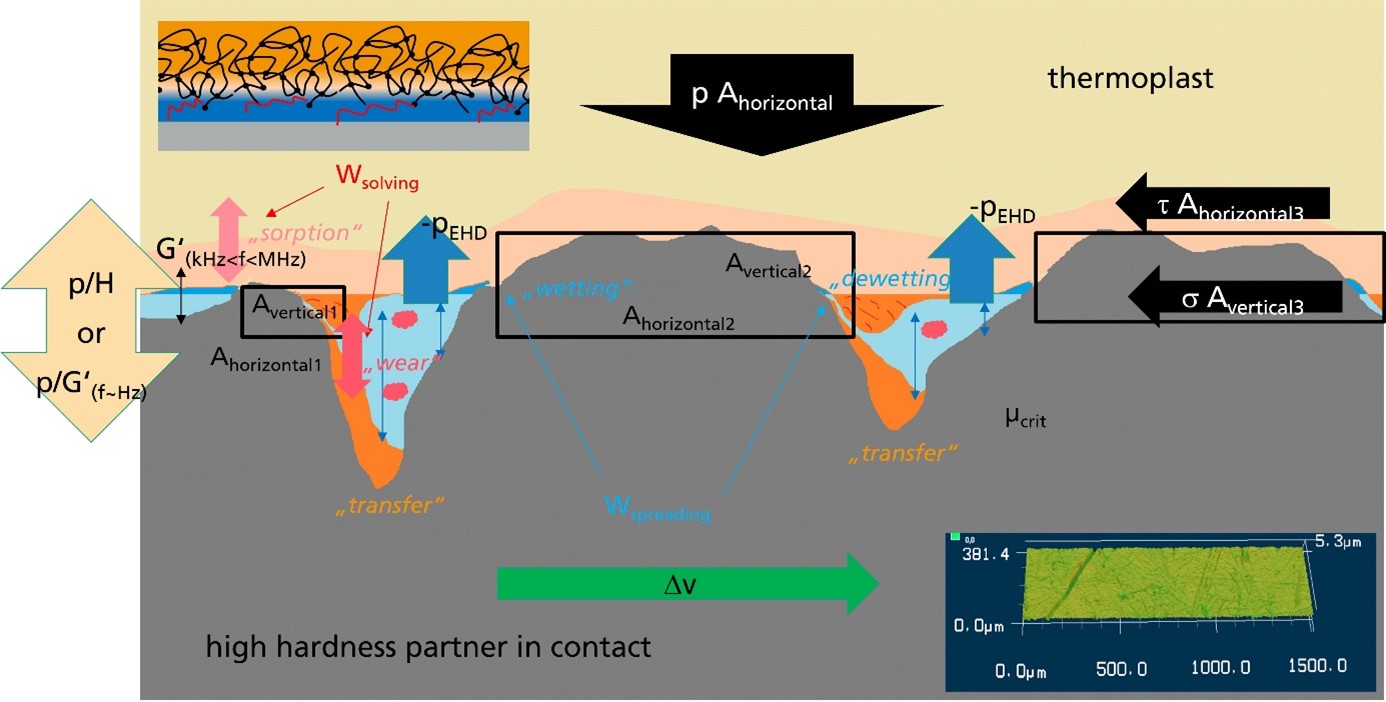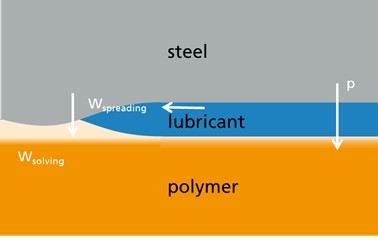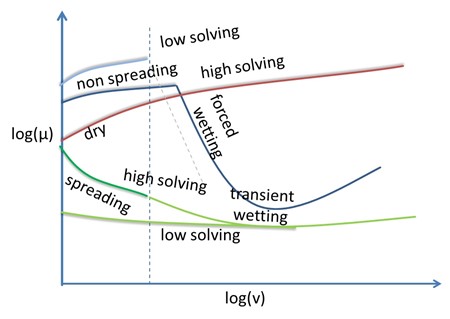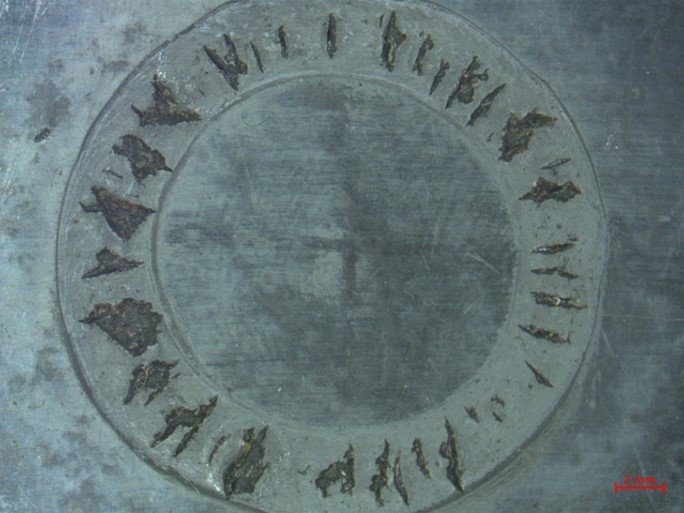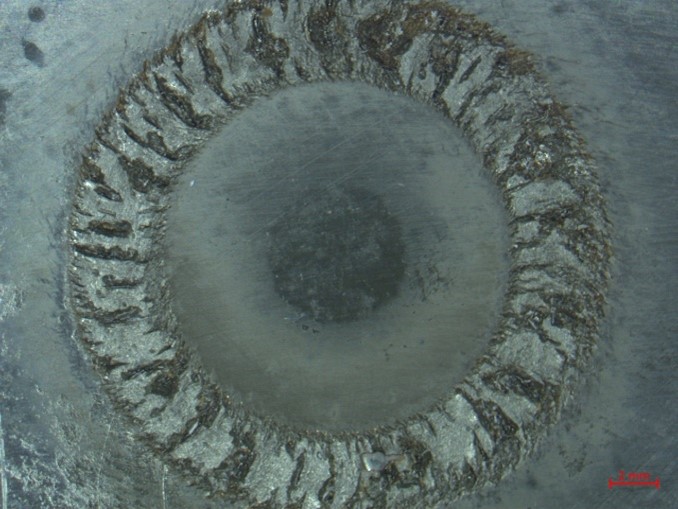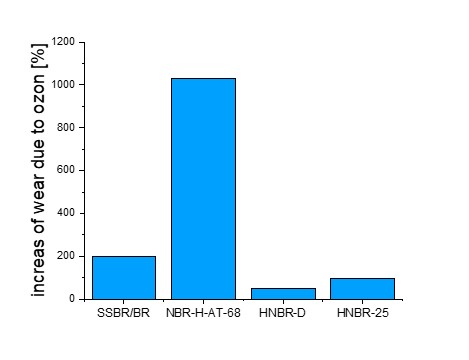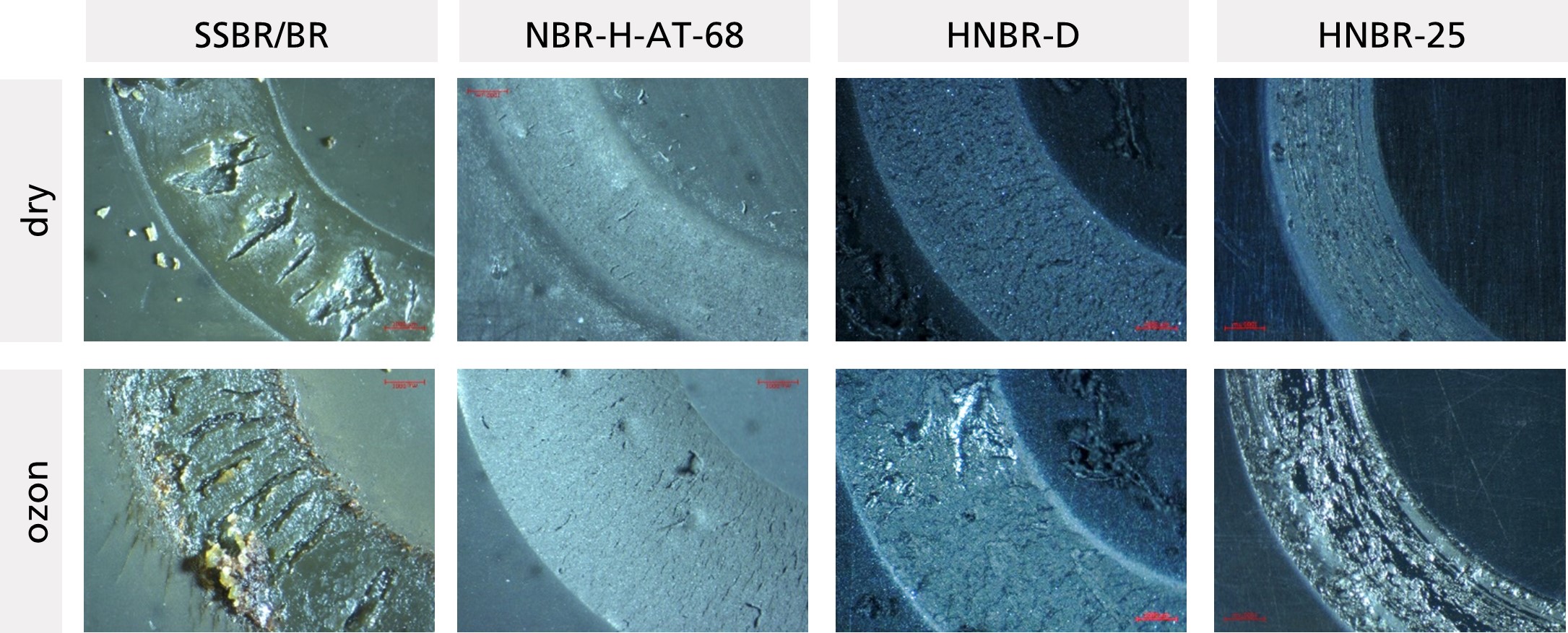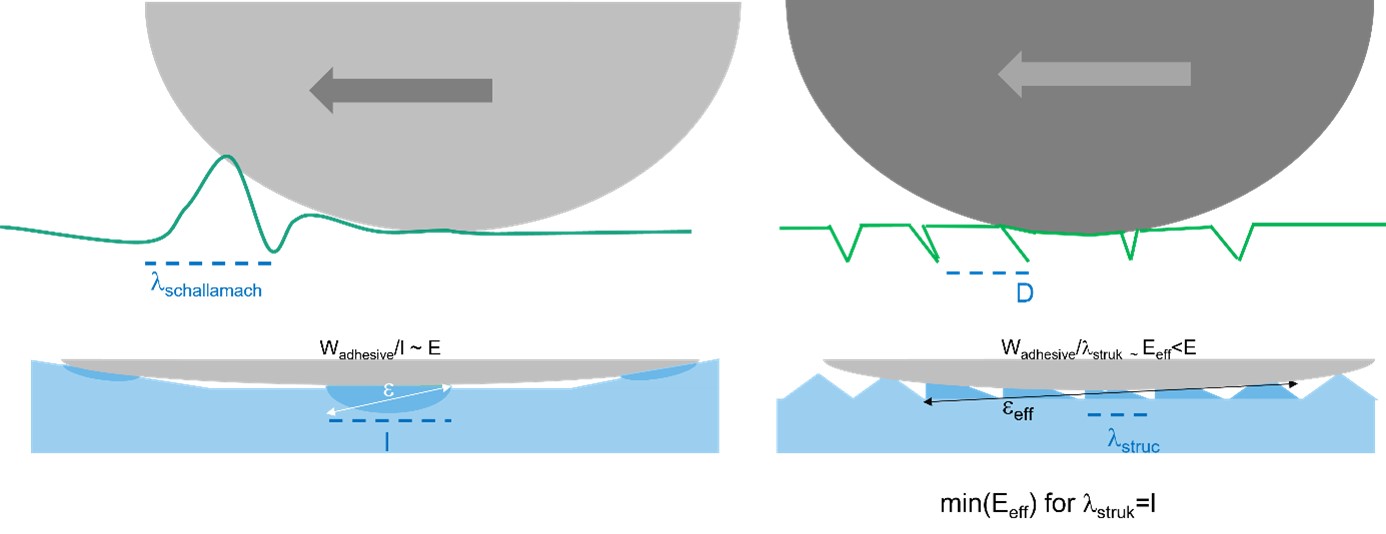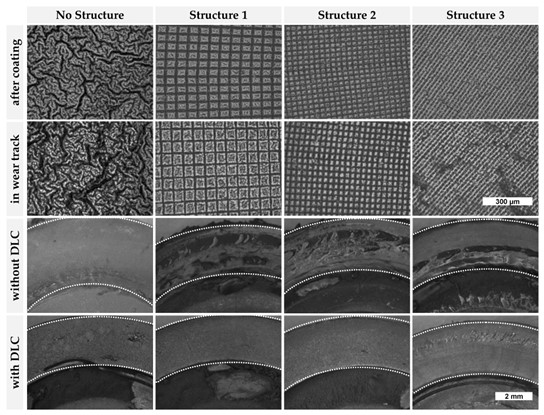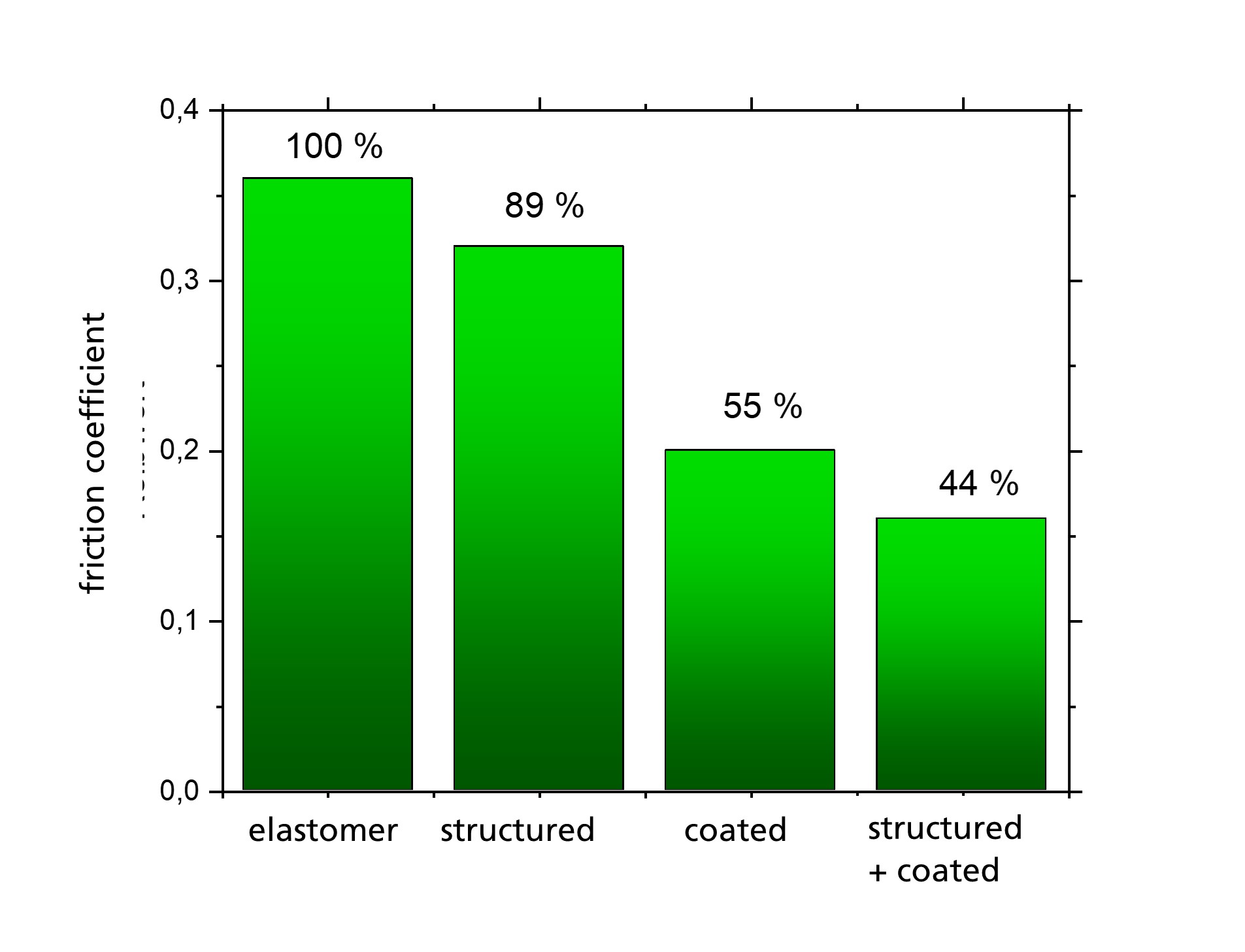Structured elastomers and elastomer coatings
How can the frictional behavior of structured surfaces of elastomers and rubbers be classified schematically? Are there any characteristic values?
Friction of elastomers and rubber has always been something special and still is today. Adolf Schallamach started the scientific description over 50 years ago. Research in this field continues to this day, as the materials exhibit complex non-linear behavior.
As elastomers have a special combination of properties, the highest adaptive deformation with a low tendency to wear, it is still worthwhile researching new ways to change, optimize or adapt the friction behavior.
Their friction is determined, among other things, by the surface elasticity and the adhesive energy of the surface, but can also be changed by structuring the surface.
For industrial molding of surface structures, we at the Microtribology Center of the Fraunhofer IWM (Christof Koplin and Alexander Fromm), together with our colleagues from Esslingen University of Applied Sciences (Dennis Weißer and Matthias Deckert), have demonstrated an increase and anisotropy of friction through embossed nanostructures and the reduction and anisotropy of friction through embossed microstructures. After an exemplary molding of the skin of a chain snake, we were able to determine that the friction of a movement forwards and backwards is already different against a smooth contact. What makes it easier for a snake to move is also technically interesting.
Fo rmore details, please have a look at our publication:
Koplin, C.; Weißer, D:F.; Fromm, A.; Deckert, M.H., Stiction and friction of nano- and microtextured liquid silicon rubber surface formed by injection molding, Applied Mechanics 3/4 (2022) 1270-1287
https://publica.fraunhofer.de/handle/publica/430952
 Fraunhofer Institute for Mechanics of Materials IWM
Fraunhofer Institute for Mechanics of Materials IWM